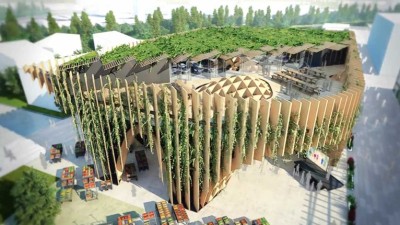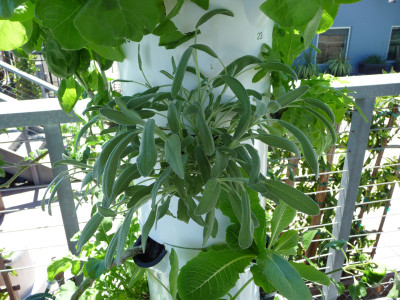Different Ways of Producing and Providing Food
French Pavilion at the Expo Milan 2015: Different Ways of Producing and Providing Food
Let’s take a look at the french pavilion at the 2015 Expo Milano. It is an interesting lightweight wood structure that can be dismantled and reused at the end of the Expo.
How can we feed the world, today and tomorrow? How can we ensure adequate food for mankind that is of good quality and healthy in the long term? France is focusing on this central issue posed by Expo Milano 2015, with a commitment to participate fully in the discussion, providing answers based on its capabilities and points of excellence.
Its communication is based on four pillars: contributing to global food production, through the potential of France’s productive infrastructure; developing new food models, to address the need for better production; improving self-sufficiency in developing countries, with a policy of skills and technology transfer; and aligning quantity with quality in all areas, be they health-based, nutritional or culinary.
At the Universal Exposition, France will present a full array of its renowned and unique distinguishing features, ranging from its know-how in land management, to agriculture, which already allow its brands to be present in all markets of the world.





